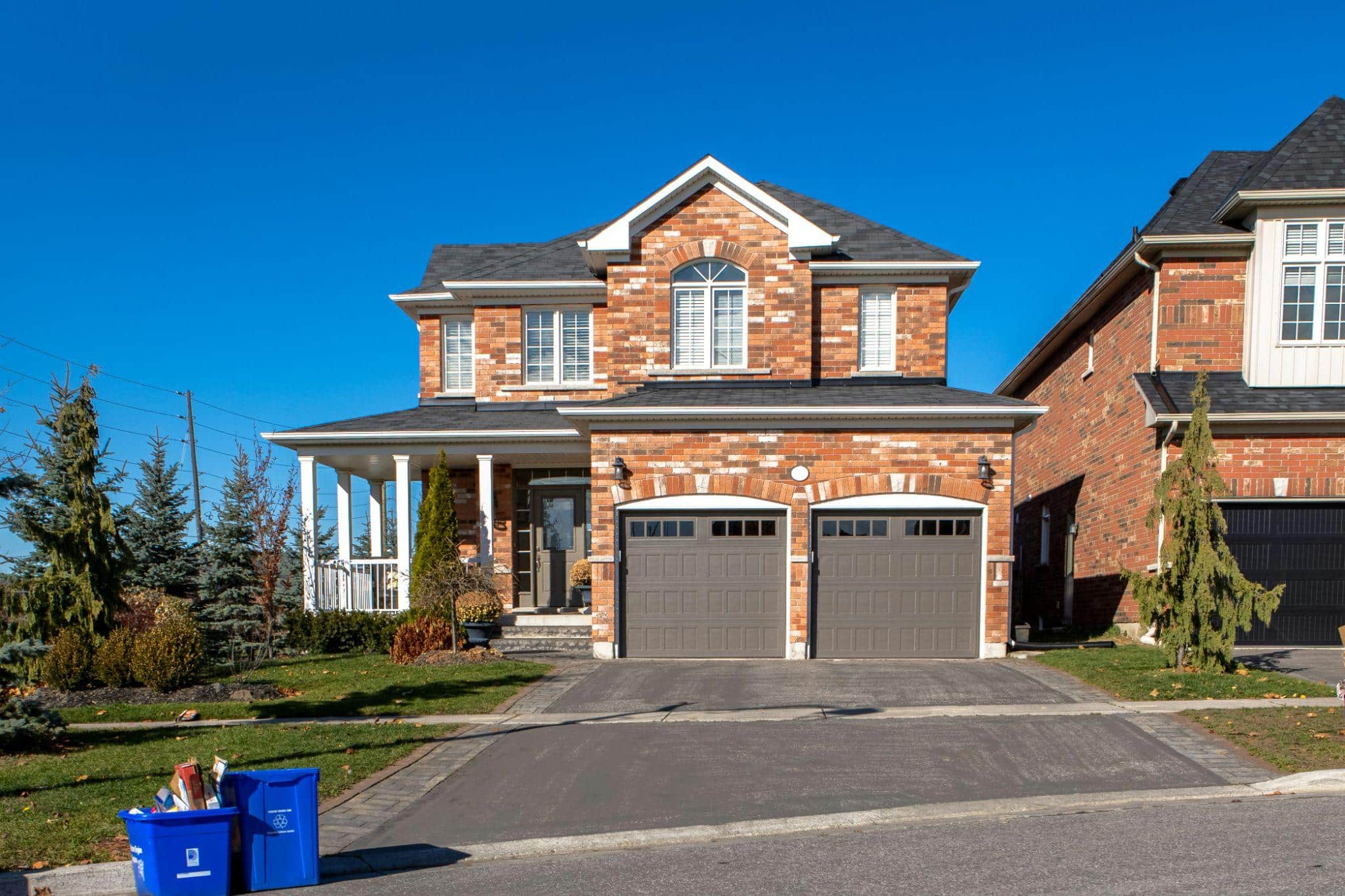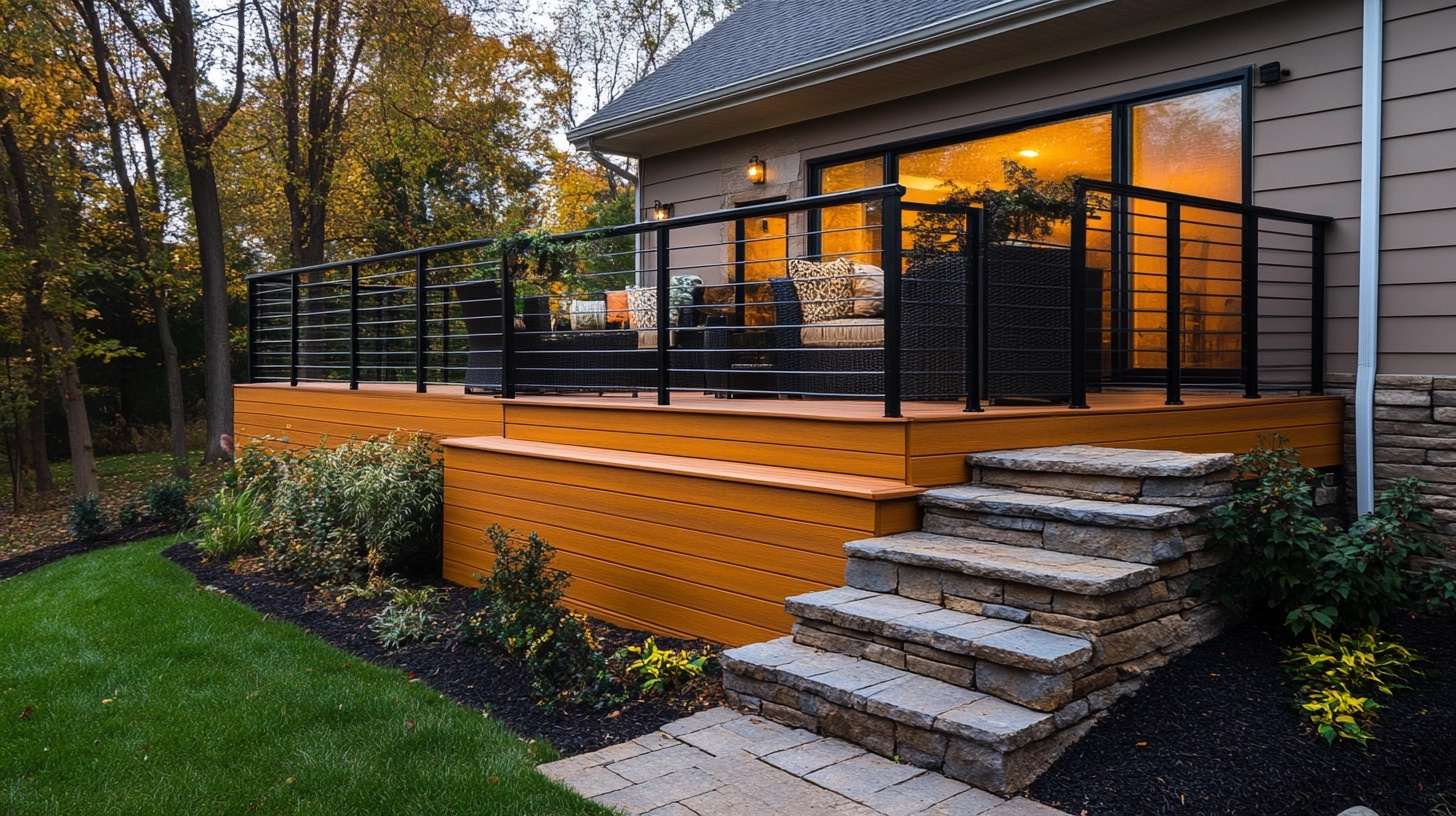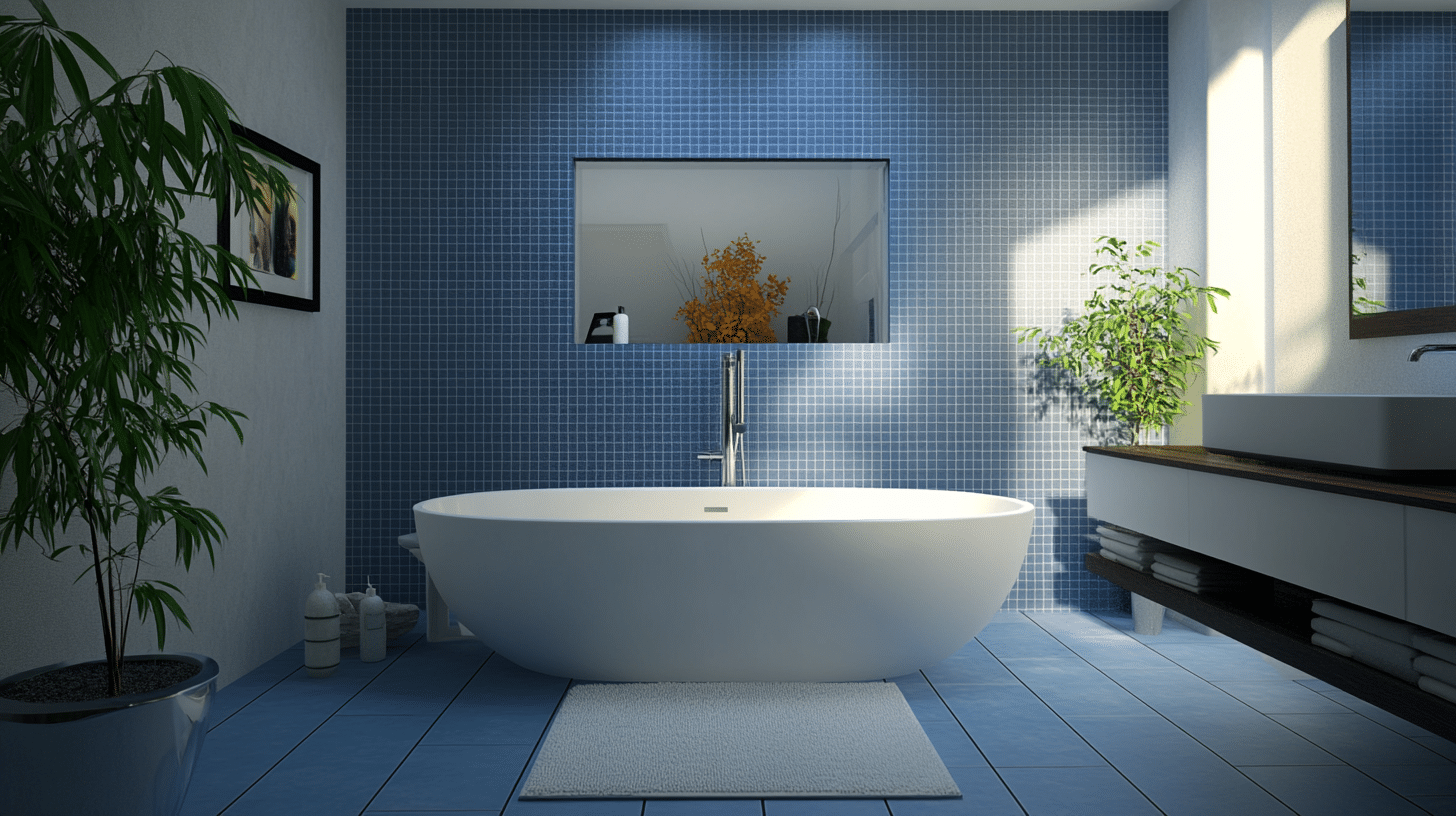4 Things To Consider Before Adding a Standalone Garage to Your Property
About 230 Million Americans own their own homes and are continually looking for ways to improve their most significant investment. If one way you are thinking of doing this is by adding a standalone garage to your property, that would be great! It’s an excellent idea that yields some significant benefits (which we will dive into later), but before you dive into construction mode, there are a few crucial considerations you should mull over.
Sure, a garage can offer storage solutions, workshop space, and even boost your property value. But before you ask the builders to break ground, let’s take a moment to ponder some important things before revving up that garage project.
The advantages of a detached garage
Consider the advantages of a detached garage before you commit to any decision.
- They enhance the aesthetic appeal of older-style homes, blending naturally with their architecture and evoking a nostalgic charm.
- They provide separation from harmful gas emissions and chemicals stored in the garage, ensuring a safer living environment.
- A detached garage can limit access points to the main house, reducing vulnerability to break-ins and providing a heightened sense of security.
- They offer a secluded space for various activities, minimizing disruptions from household members and providing a retreat from home noise levels.
- A detached garage acts as a buffer, reducing noise transmission between the garage and the main house and enhancing overall comfort.
Consideration #1: Building codes and local zoning regulations

Image credit: John Paulsen
Every town or city has its own set of rules for throwing up structures like a detached garage. Whether you’re swinging the hammer yourself or hiring a contractor, you better believe you’ll need a permit to do the job.
Now, these regulations cover a bunch of stuff, like how close your new garage can cozy up to your home or your neighbor’s place, where it can sit on your property, and how high and mighty it can stand. They also cover what you can do inside the garage, how many doors and windows it can have, and what materials you can use to make it.
Make sure you’re clear on what’s allowed and a big no-no. Your plans need a thumbs-up from the city before you can even think about laying down that foundation. If you’re part of a homeowner’s association, they also have a say. The last thing you want to do is rip down all your hard work because it doesn’t comply!
Consideration #2: Insulation and ventilation
Your garage can be one part of a perfect outdoor space, but remember; it is outdoors, so you must consider keeping it cozy and mold-free. Getting the temperature just right is key, and you want to make sure your garage stays cool in the summer and warm in the winter.
Insulation is your ticket to achieving just that. It helps keep the temperature steady, so your car, tools, or whatever else you’ve got stored there doesn’t suffer from extreme heat or cold. Plus, it helps prevent pesky mold and mildew from setting up shop, which can wreak havoc on your stuff and the structure itself.
Insulation alone won’t cut it, as you have to let that garage breathe! Proper ventilation is crucial for keeping the air fresh and circulating, which not only helps prevent mold and mildew but also keeps the space comfortable and healthy. So, whether it’s installing vents, fans, or windows, make sure your garage has enough airflow to keep things in tip-top shape.
Pro tip: If you’re in an area with extreme weather swings, it might be worth considering adding heating and air conditioning.
Consideration #3: Thinking about the driveway

Image credit: Dillon Kydd
You might need to adjust your driveway access depending on where you place your detached garage and what you plan to use it for.
If your new garage is tucked away on the side of your home, you might need to extend that driveway to give yourself smooth access and save a gymnastics routine just to park your car. Extending the driveway might mean giving your landscaping a little makeover, and it’s important not to forget about those utility lines. Before digging up the yard, ensure you know where all the gas, electricity, and other services are hiding so you don’t accidentally cut off the power mid-project.
Consideration #4: Garage doors
Nailing the entrance to your detached garage is key for functionality and convenience. When deciding where to put the entrance, think strategically. You want it away from the main hustle and bustle of your home, avoiding traffic jams and cluttered pathways.
If you’re all about keeping the mess at bay, consider connecting your garage entrance to a mudroom or similar space. It’s a genius move for keeping dirt and winter gear out of your pristine living areas.
Building your dream home in the perfect community
When you become a member of the A House in the Hills community, our excellent amenities are a part of the deal. This includes a stunning outdoor pool, fully-equipped gym, community lounge, and activities and events to unite our residents. Learn more about A House in the Hills today!






